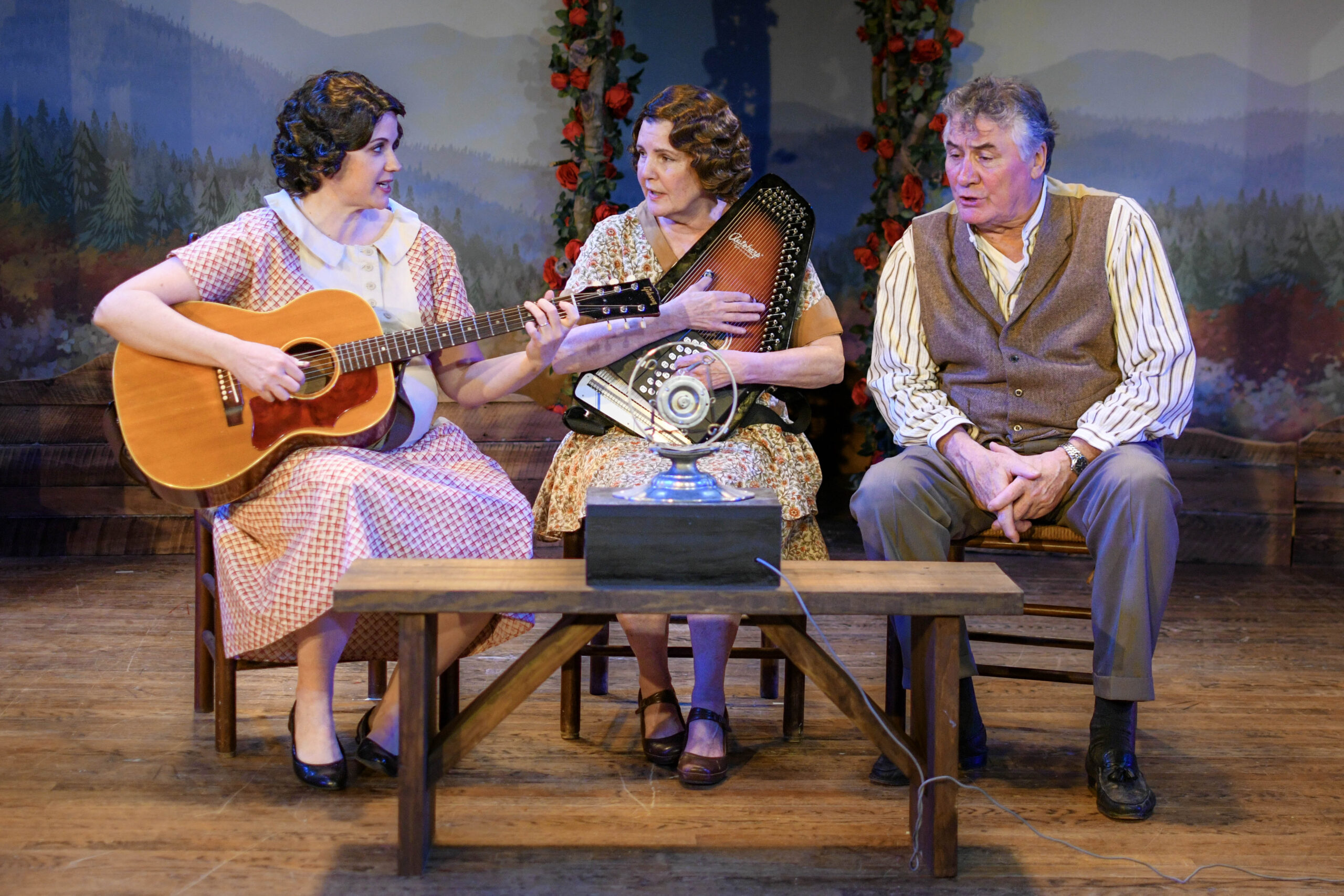Psychologist Shares 3 Therapeutic Activities
by Serena Wieder, Ph.D.
Most children learn in infancy that they can grab a familiar treat and put it in their mouth, and the good taste will make them happy. They use sight, smell, taste and touch to identify the treat, and movement to reach for it and to pop it in their mouth.
“It sounds like a simple accomplishment, but it represents a symphony of developmental milestones,” says Dr. Serena Wieder, clinical director of the non-profit Profectum Foundation (www.profectum.org) and co-author of “Visual/Spatial Portals to Thinking, Feeling and Movement,” a ground-breaking new guide to therapeutic strategies for students with learning and autism spectrum disorders.
“How we use our senses to figure out our relationship to the world around us is an essential — and often overlooked – building block to learning,” she says. “In particular, visual-spatial knowledge – understanding where you are in space and where other things are relative to you – is essential to anything you want to do. When development of that knowledge is delayed, it has a domino effect on every other aspect of development.”
Children can be affected physically, socially, cognitively and – perhaps most important – emotionally. But their visual-spatial challenges are often hidden.
“We are motivated by emotion. The baby grabs the toy his mother is holding because he knows he’ll feel happy and will look at his mother smiling, both sharing this joyous moment. Imagine the frustration and anger a person might feel if he lacks the visual-spatial knowledge to know that he can reach for and grasp what he wants!” Wieder says.
Through years of clinical work, she and co-author Dr. Harry Wachs, O.D., a pioneer in visual cognitive therapy, developed hundreds of activities to help children improve their visual-spatial knowledge.
Here are three activities Wieder suggests for addressing a deficit that affects a child’s ability to understand which body parts to move in order to achieve a specific result, such as reaching for a toy or catching a ball. These “mental mapping” activities help a child understand the parts of his body and the way they relate to each other.
• Body Lifts
Have the child lie belly down on the floor with his arms at his sides and ask him to lift each body part as you touch it. Start with major body parts (head, arm or leg, upper torso.) Next touch two body parts on the same side, for example, the right leg and right arm, and ask him to lift them at the same time. Then try body parts on opposite sides. Next, work on more specific parts, such as elbow, lower leg, should. Then try three body parts simultaneously. Finally, touch two and then three body parts and ask him to lift them in the order they were touched.
• Silhouette
Have the child face a chalkboard and trace the outline of her body on it. Tell her the drawing represents the back of her body. Stand behind her, touch her back, and ask her to draw an X on the board where she thinks you touched her. Next, progress to touching her back several times in sequence and ask her to draw X’s on the board in the same sequence. Then reverse it. Now, draw a design on the child’s back and ask her to reproduce it on the board.
• Joints
Help the child learn how to use the hinges and pivotal points of his body by exploring how he can twist, turn and bend. Ask him to stand and pretend his shoes are glued to the floor so he can’t move his feet. Standing a few feet away, hold a yardstick about 2 feet in front of him and slowly move the end toward him. Tell him to decide how to twist, turn, bend, or pivot his body to avoid being touched by the stick.
Once a child has a good mental map of her body parts, her next activities will help her understand their height, width and length in relation to the world around her, Wieder says. These activities will give her the visual-spatial knowledge necessary to initiate purposeful actions.
About Serena Wieder, Ph.D.
Psychologist Serena Wieder is clinical director of the non-profit Profectum Foundation, which is dedicated to the advancement of individuals with special needs through educational programs. She was co-founder of the Interdisciplinary Council on Developmental and Learning Disorders, and she directed the DIR Institute. Her research has focused on diagnostic classification, emotional and symbolic development, and long-term follow-up of children treated with the DIR approach. Dr. Harry Wachs is a pioneer in visual cognitive therapy.






